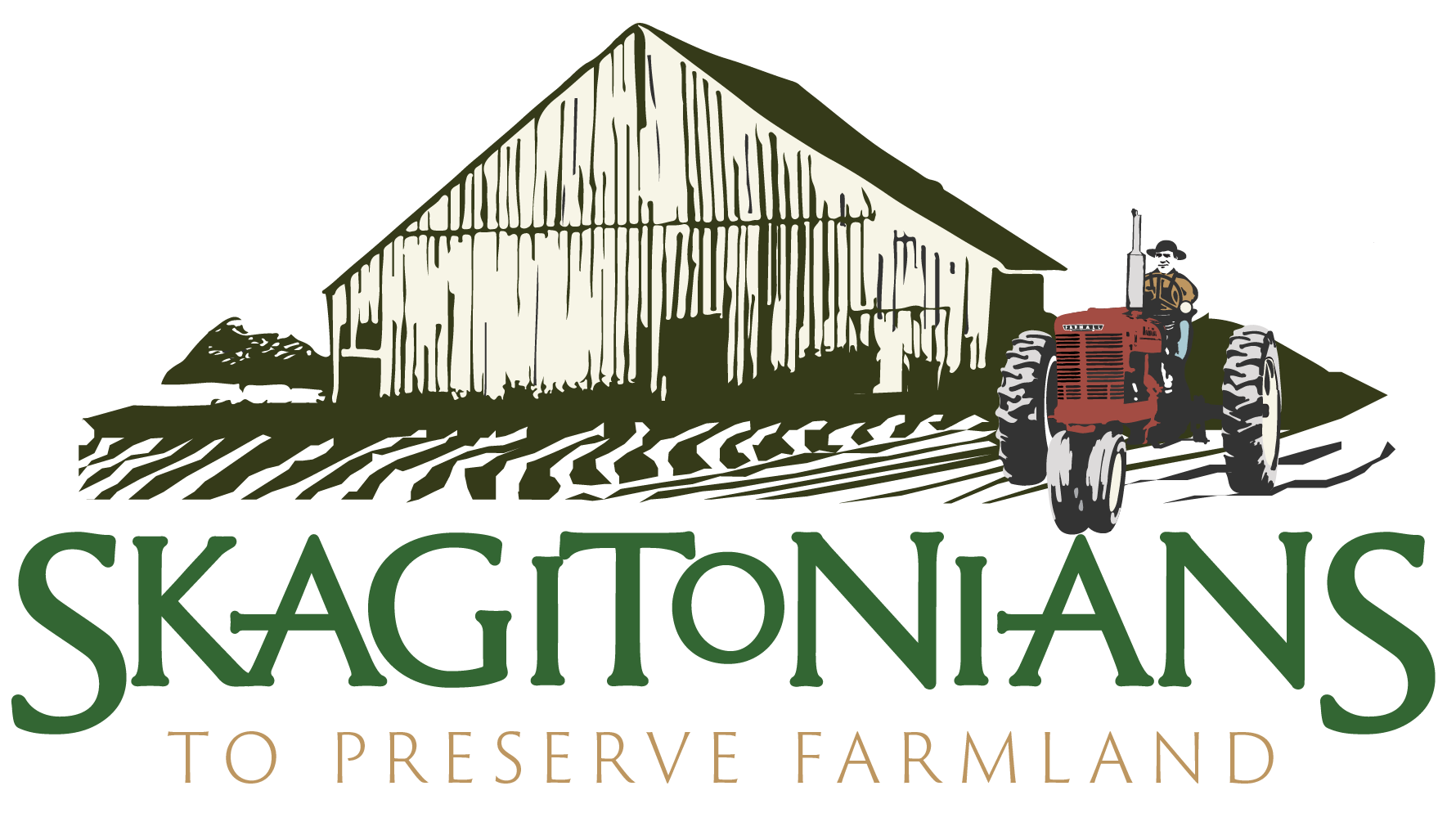Hart’s Farm and Homestead: Evolving from your parents’ boots
Which variety of garlic is best for pesto, and which for roasting? What’s the best “gateway beet” for a beet skeptic?
Jen Hart of Hart’s Farm and Homestead knows the answers to those questions and just about everything when it comes to growing, storing, selling, cooking and styling fresh produce.
Jen grew up at Hart’s Nursery on farmland her family has tended since 1869. “I was a nursery brat, not a farm brat,” she says of her early years helping propagate and dig plants.
When John Christianson bought the nursery in 1990, her father Bob Hart made the remainder of his acreage into something of a farm-to-fork hub. With volunteers originally from the Washington State University Agricultural Research Station in Mount Vernon, he began trialing new varieties of vegetables—ones prized by a new generation of chefs.
The Seattle Culinary Academy brought some of those chefs to Skagit County each summer for some hands-on education, co-hosted by Skagitonians to Preserve Farmland. “This was about 2007,” Jen explains, “when chefs had no idea what broccoli looked like out in the field.”
They learned quickly. Rotating between Ralph’s Greenhouse, Hedlin Family Farms, Skagit River Ranch, and the Harts’ operation La Conner Flats, aspiring chefs sampled seasonal ingredients and experienced how they are grown. One day they might hand weed a row of organic corn. The next day, harvest 10 feet of potatoes.
Their takeaway: farmers operate on slim margins, and carefully tended, hand-harvested organic produce is worth the price.
The rest of the year, the Harts tended their vegetables and ran a produce stand, a display rose garden, and a tearoom, which Jen managed. Every now and then members of the Slow Food movement would gather there while Bob roasted a pig.
After Bob’s death in 2012, Jen refocused under a new name: Hart’s Farm and Homestead.
“Homestead” honors her family that, over five generations, has grown everything from oats and seed, peas and wheat to fresh market produce. “Farm” is the two-person business she runs with husband Tim Scott. Tim handles day-to-day field work on their four-acre plot, including 1.5 acres in cultivation and the rest in buffers and cover crops. Jen does the books, sources organic soil amendments, seeds and starts, and stays on top of organic certification paperwork and audits. Harvesting and prepping for market consume Thursday and Friday. Saturday and Sunday from May to October, they sell.
Jen brings a lengthy and varied resume to her farm. Running the La Conner Flats café taught her about flavor and cooking. As a tax accountant, her 9-to-5 job, she watches the bottom line. Sometimes that means deciding what not to grow, like asparagus. The perennial vegetable is delicious, but a long-term commitment that ties up well-prepared, weed-free land for a spring-only crop. Also not making the cut? Cabbage and radishes (cabbage maggots are a problem). And no pumpkins and just a little fall squash (heavy, too easy to ruin your shoulders loading the truck or setting up the market stand).
But a definite yes to seven or eight kinds of lettuce. Yes to four kinds of beets. Yes to snap peas, which everyone loves. And yes to “fun interesting things” like cucamelon, a mini-Mexican sour gherkin that looks like a Barbie-sized watermelon. “They’re a conversation starter with customers, and good in salads,” says Jen.
Conversations matter. “People are excited to buy berries, but vegetable growers have to sell their product constantly,” she says. “We talk about vegetables, get them interested in what we grow. A diverse product line helps, because people will buy more items and get more excited about unusual colors.”
An attractive display helps, too. That’s where her undergrad degree in costume design and stage management is an asset. “In spring, when there are so many greens, I add different-colored items to catch people’s eyes and bring them over to us.” They don’t sell much rainbow chard, but it makes a colorful filler for the ever-changing display.
Like her father, Jen is involved in the community. She stepped into his role as a commissioner of Drainage and Irrigation District 15, which prevents groundwater flooding and facilitates irrigation near La Conner. She has served on the board of the Mount Vernon Farmer’s Market, where Tim and Jen are longtime vendors, and is on the board of Skagitonians to Preserve Farmland.
About one-third of Jen and Tim’s farmer’s market earnings come from the federal Farmers Market Nutrition Program (FMNP), which gives shoppers, who receive benefits from Women & Infant Children (WIC) or Senior FMNP, $80 to buy fresh produce directly from farmers during the market season. The SNAP program, aka food stamps, offers a similar incentive.
“It's good for families and it’s good for us,” says Jen. “Coming to the market every week is a family activity. I’ve watched some of these kids grow up.”
Growing up on the homestead meant that Jen and her dad had the same 3rd grade teacher at La Conner Elementary. “I love the beauty of generational-ness, of knowing the people I grew up with, the people I saw on tractors who are now retired, and the new guard I work with on boards and commissions,” she says. “I think it’s wonderful to have a working knowledge of what our grandparents did, and to be able to step into your parents’ boots and evolve from what they did.”
Evolving is a non-negotiable. While participating in the year-long Viva Farms “Cultivating Success” program, she learned that besides a business plan, “farmers need an out plan. That’s not viable for most generational farmers, because we’re not leaving.
“We focus on refreshing and renewing our ongoing farms and growing whatever the market wants, because we have to evolve into whatever is coming next.”
Story by Anne Basye: info@skagitonians.org





